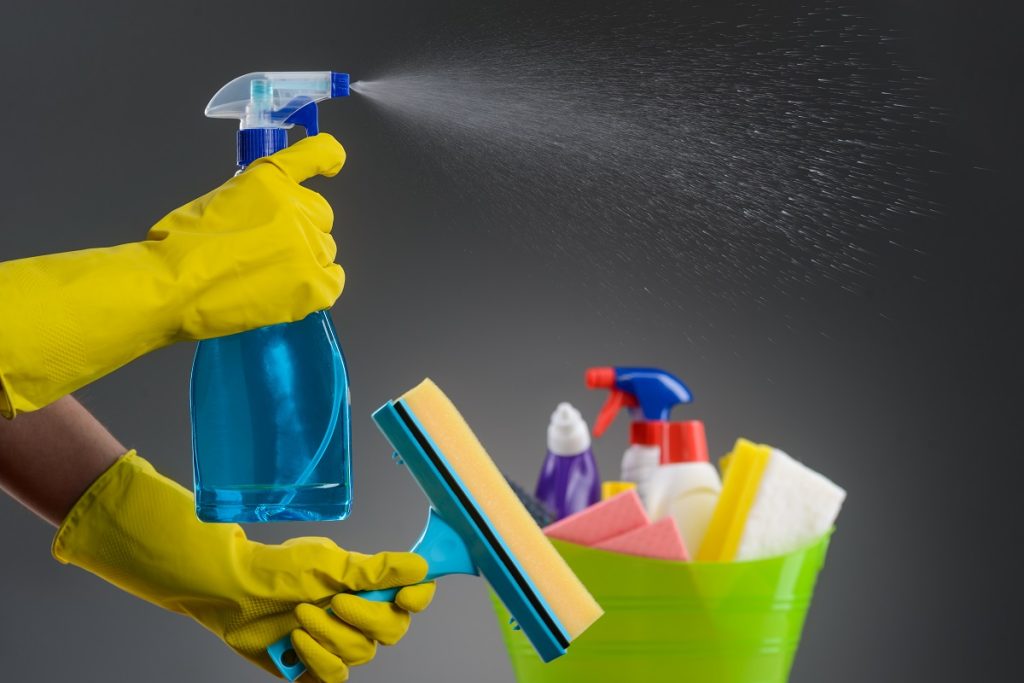- Efficient resource management, involving optimal use of raw materials, machinery, and manpower, is vital for a productive bleach manufacturing process.
- Embracing continuous improvement through automation and technology adoption, regular maintenance and upgrades, and stringent quality control measures are key to maintaining competitiveness in bleach manufacturing.
- Regular maintenance and upgrade schedules enhance machinery’s lifespan and promote peak operational efficiency.
- Investing in comprehensive training programs for the workforce boosts productivity and ensures adherence to safety regulations.
As a professional in the bleach manufacturing industry, you’re undoubtedly interested in enhancing productivity. Implementing effective strategies will increase your output and significantly improve quality and efficiency. In the following sections, we’ll delve into various strategies designed specifically to optimize productivity in bleach manufacturing, presenting you with a clear roadmap to streamline your operations.
Efficient Resource Management
Effective resource management is pivotal in any manufacturing process, and bleach production is no exception. You can enhance efficiency and productivity by comprehensively understanding your resources. This encompasses careful allocation and utilization of raw materials, machinery, and manpower.
Ensuring that raw materials, such as chlorine and caustic soda, are optimally used with minimal waste is crucial. Additionally, regular maintenance and machinery upgrades can reduce downtime and boost output. Lastly, but importantly, well-trained and motivated manpower is crucial.
Employees should be equipped with adequate knowledge and skills to execute their roles effectively, while also understanding the value of their contribution to the overall operation. Integrating these aspects will pave the way for a productive and efficient bleach manufacturing process.
Continuous Improvement
Embracing the philosophy of continuous improvement is key to staying competitive and ensuring efficiency in bleach manufacturing. Here are some tips:
Automation and Technology Adoption

Embracing automation and adopting cutting-edge technology has been a game changer in the bleach manufacturing industry. By incorporating high-quality industrial liquid filling solutions, you can achieve precision and accuracy in filling containers with bleach solution, thereby minimizing spillage and waste.
These high-tech solutions also increase production speed, enabling you to meet high demand in less time. Furthermore, automation reduces the risk of human error and enhances safety by limiting human interaction with hazardous substances.
Notably, using high-quality industrial liquid filling solutions isn’t just about integrating technology, but about adopting a system tailored to meet your specific manufacturing needs. This customization ensures you get the best value and efficiency from your investment.
Regular Maintenance and Upgrades
Implementing a schedule for regular maintenance and upgrades is essential for the long-term success of a bleach manufacturing operation. This practice helps identify potential issues before they escalate into major problems and enhances the overall lifespan of your machinery.
Periodic maintenance ensures your equipment operates at peak efficiency, reducing unplanned downtime that can disrupt production schedules and inflate operating costs. Keeping your machinery updated with the latest technologies can streamline workflows, enhance production speed, and improve product quality. This could include upgrading machinery with better energy efficiency or integrating new automation features.
Comprehensive record-keeping of all maintenance and upgrade activities provides valuable data for future decision-making and efficiency improvement strategies. A culture of regular maintenance and upgrades is, therefore, instrumental in driving productivity in bleach manufacturing.
Quality Control
Quality control is an indispensable part of the bleach manufacturing process. While striving for increased productivity, quality should not be compromised. Implementing stringent quality control measures ensures that each batch of bleach produced meets the highest standards and is safe for consumer use.
Regular testing of raw materials, in-process materials, and finished products is necessary. Additionally, monitoring the manufacturing conditions such as temperature and pH levels is crucial to maintain consistency. Implementing advanced analytical techniques and equipment can aid in precise testing and validation.
Proper documentation and tracking of these quality control measures offer transparency and provide insights for continuous improvement. Through uncompromising quality control practices, manufacturers can build a strong reputation for reliability, thus gaining consumer trust and ensuring business success.
Invest in Training
Investing in comprehensive training programs for your workforce is crucial in the bleach manufacturing industry. A well-equipped team boosts productivity and ensures adherence to safety regulations, thereby minimizing workplace accidents.
Training should be ongoing, allowing employees to keep pace with the latest industrial advancements and methodologies. This might involve hiring experts for specialized training sessions or providing employees opportunities to attend industry conferences and workshops.
Moreover, training should also focus on nurturing soft skills like teamwork, problem-solving, and communication, as these are central to fostering a productive and harmonious work environment. Ultimately, by prioritizing employee training, you are reinforcing the backbone of your operation, paving the way for higher efficiency, quality, and overall productivity.
Waste Reduction

Waste reduction in bleach manufacturing contributes to cost savings and promotes environmental responsibility. A critical step towards this goal is identifying and quantifying waste sources in manufacturing. This could include raw material wastage, energy inefficiency, and product spillage.
Once identified, strategies like process optimization, recycling, and reuse can be implemented. Process optimization might involve revising manufacturing procedures to reduce waste generation or upgrading to more efficient equipment.
On the other hand, recycling and reuse strategies can help repurpose waste into useful materials, diverting it from landfills. Training employees on waste management practices can also significantly enhance waste reduction efforts. Ultimately, a commitment to waste reduction can lead to a more sustainable and profitable operation.
In conclusion, mastering productivity in bleach manufacturing hinges on efficient resource management, continuous improvement, quality control, comprehensive training, and waste reduction. Now, it’s your turn to integrate these strategies into your operations. Embark on this journey towards enhanced productivity and reap the rewards of improved efficiency, quality, and profitability.




